- October 16, 2025
Last updated on October 21, 2025
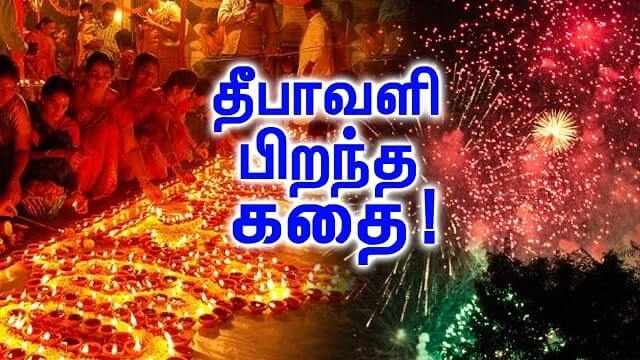
Shine like sparkles, glow like candles, and burn all the negativity like crackles. Diwali (also called Deepavali) is known as the festival of lights. The spiritual meaning of Diwali is the “victory of light over darkness, good over evil, and knowledge over ignorance.” The festival is typically celebrated over five days, between mid-October and mid-November (in the Tamil month of Kartika).
People light lamps and diyas during Diwali to dispel darkness both inside and outside, bringing new hopes, joy, and happiness. It is one of the most eagerly awaited festivals across India.
Diwali is celebrated by people from multiple religious traditions, including:
Diwali usually falls around 20 days after Vijayadasami (Dussehra), between mid-October and mid-November. It coincides with the new moon night (Amavasya), considered the darkest night of the month, when lights are kindled to dispel darkness.
For example, in 2025, Diwali was observed on 20th October.
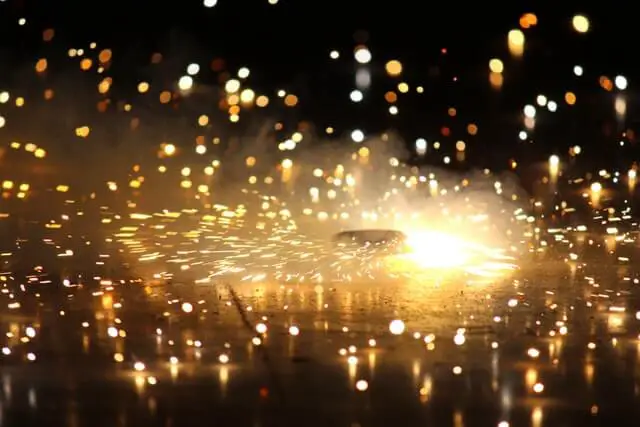
Diwali is one of India’s biggest festivals. It is a time when many people working or studying away from home return to celebrate with family and loved ones. The festival has roots going back over 2,500 years and is mentioned in many ancient texts, scriptures, travelers’ memoirs, and local traditions.
Here are some of the key narratives and associations behind Diwali:
In South India, Diwali is often linked to the day Lord Krishna (the 8th avatar of Vishnu) defeated the demon king Narakasura. The story symbolizes the triumph of righteousness over evil.
In many regions, Diwali commemorates the return of Lord Rama, along with Sita and Lakshmana, to Ayodhya after 14 years of exile, following Rama’s victory over Ravana.
Another story says Diwali marks when the Pandava brothers returned to Hastinapur after completing their exile of 12 years (plus one year in anonymity). Their return is celebrated as a victory of virtue.
Sikhs regard Diwali as the day their 6th Guru, Guru Hargobind, was released from Mughal imprisonment along with 52 Hindu kings. This day is observed as Bandi Chhor Diwas.
Jains celebrate Diwali in remembrance of Lord Mahavira’s attainment of Nirvana (salvation). It is believed his soul left his earthly body on this day.
In some parts of North India, Diwali is also linked to the incarnation of **Kamalatmika**, a form of the goddess Mahakali, adding a regional devotional dimension.
While Diwali is predominantly an Indian festival, it is observed in many regions across India and beyond. Here’s how different areas celebrate:
The hallmark of Diwali is giving light to darkness. Here are the common ways people observe the festival:
The practice of bursting crackers during Diwali is believed to have emerged around 1400 AD. It has several symbolic meanings:
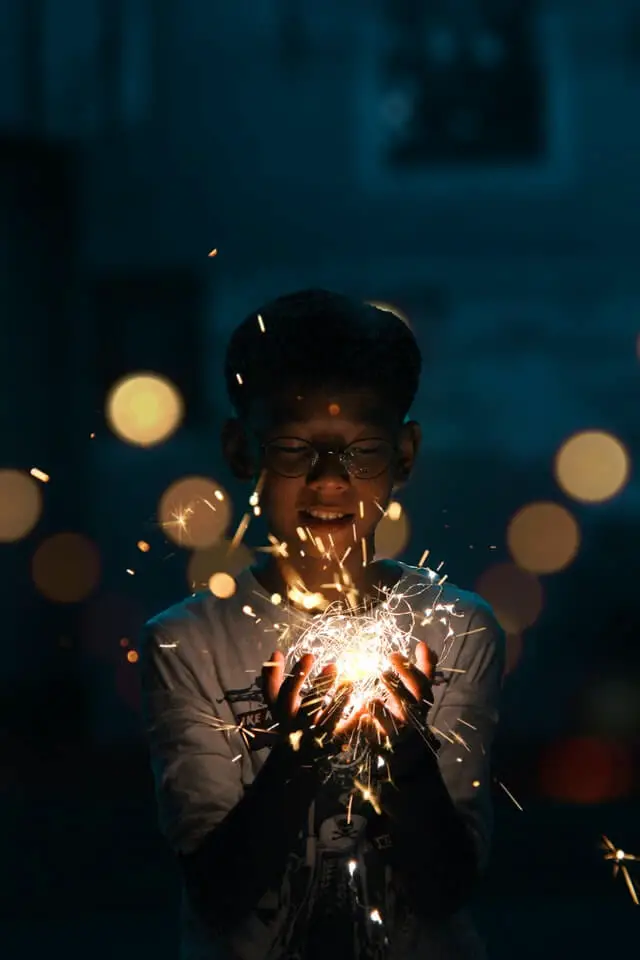
Once upon a time, a king’s 16-year-old son was prophesied to die of a snakebite on the 4th day of his marriage (Dhanteras). The new bride, determined to protect him, laid out all her ornaments, gold, silver and lit many lamps. She told stories and sang songs late into the night so the God of Death (Yama), disguised as a snake, was distracted and missed his timing. Thus, her wisdom saved her husband’s life. That day came to be celebrated as Dhanteras.
This is perhaps the most popular Diwali narrative: after 14 years of exile and victory over Ravana, Rama returns to Ayodhya with Sita and Lakshmana. The citizens lit up the town with lamps and rejoiced in their homecoming.
Jains observe Diwali as the day Lord Mahavira attained Nirvana — the release of his soul — marking freedom from the cycle of birth and death.
In the southern tradition, Diwali commemorates Lord Krishna’s defeat of Narakasura, a demon who made life miserable for the people. His victory brought peace and justice.
Diwali decorations are known for their vibrancy, warmth, and artistry. Common elements include:
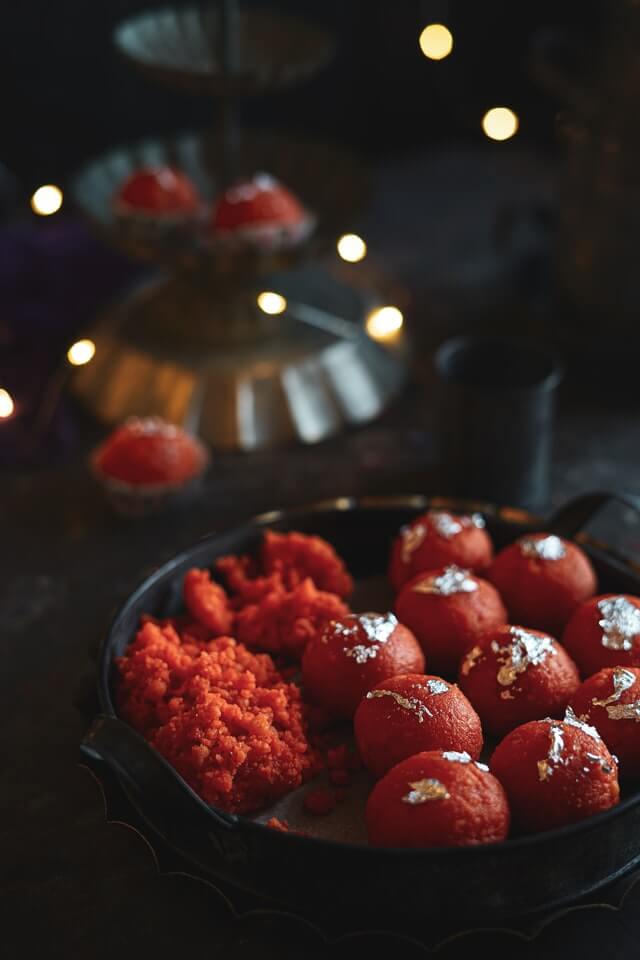
Sweets (mithai) are integral to Diwali celebrations. Some common sweets across India include:
In South India especially, you’ll also find:
Gifting is a big part of Diwali, symbolizing goodwill, blessings, and love. Typical gifts include:
In recent years, the concept of Green Diwali has gained importance. It encourages people to celebrate while minimizing environmental harm. Some ways to do this include:
Tip: “Plant a tree this Diwali, instead of bursting crackers.”
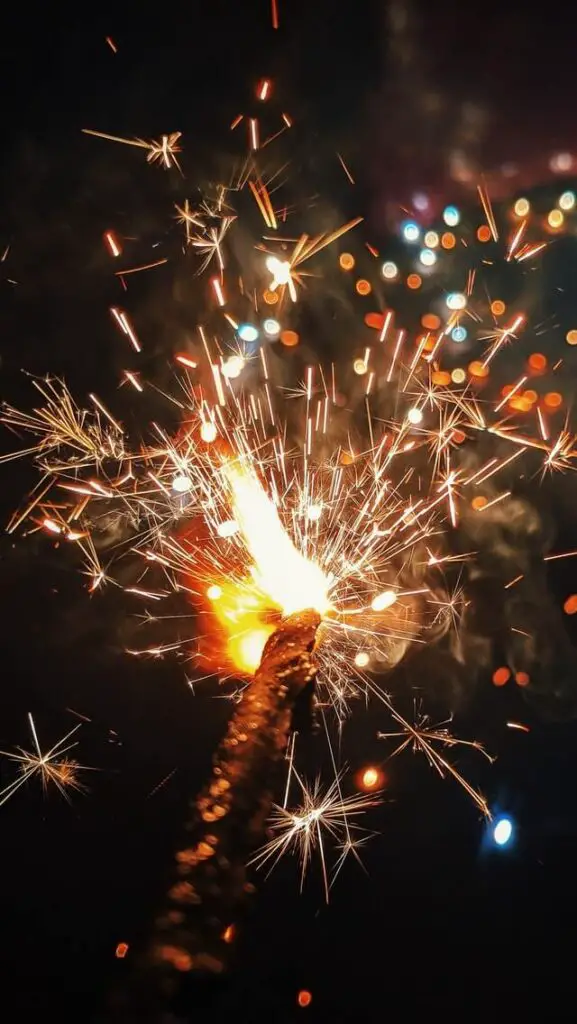
Here are some warm wishes you can use to greet loved ones:
May this Diwali Light up New Dreams, Fresh Hopes, Undiscovered Avenues, Different Perspectives, Everything Bright & Beautiful and Fill Your Days with Pleasant Surprises & Moments. Happy Diwali…!!!
Delightful Laddoos, Incandescent Diyas, Whole lot of Smiles and Laughter, A big stock of Masti, Lots of Mithai, Innumerable Fireworks, Wishing you Fun, Frolic and Endless Celebration!! HAPPY DIWALI 2022….!!!
A festival full of sweet childhood memories, a sky full of fireworks, mouth full of sweets, house full of diyas and heart full of joy. Wishing you all a very Happy Diwali.
Light a lamp of love!
Blast a chain of sorrow!
Shoot a rocket of prosperity!
Fire a flowerpot of happiness!May this Diwali light up your new dreams, new hopes, new avenues, and new perspectives. May it shower everything good in your life and fill each day with pleasant moments. Happy Diwali to you and your family!!!
May your home be filled with good vibes and intensively positive aura as we celebrate the Diwali festival.
Let us light so many lamps that there is no dark corner left on the inside or on the outside. Wishing a joyous and prosperous Diwali to all.
May the colors of rangoli be full of colors of happiness, success and health for all of us. Happy Diwali to all.
May your life be as colorful, magnificent, shimmering and magical as the lights from the lamps of Diwali!
I hope that the flaming sparks of the lamps of Diwali which burns like a shooting star, guide your way through your dreams.
Light a lamp of love, blast a chain of sorrow, shoot a rocket of prosperity. May your life be as colorful, vibrant, and magical as the lights of Diwali.
We are wishing you a Happy Happy Diwali!!